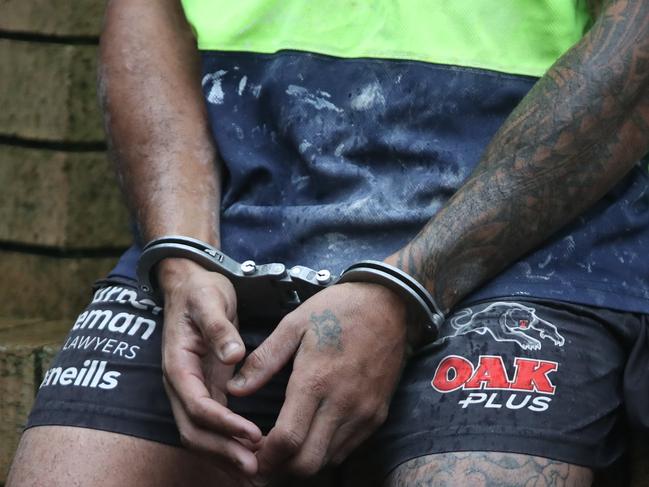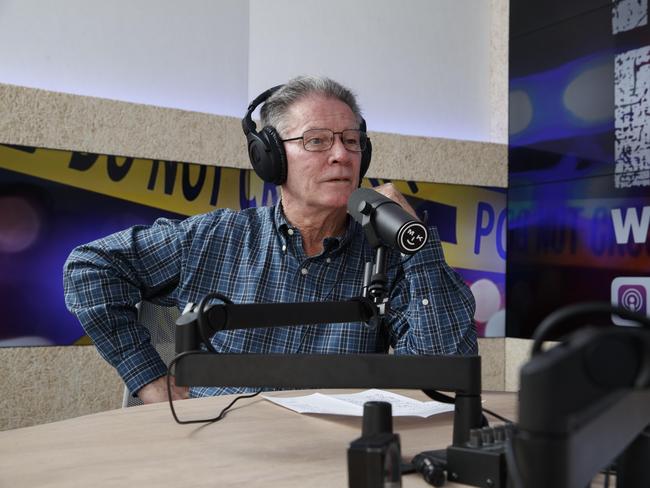BOCSAR report on criminal reoffending reforms uncovers surprising twist
The reform scheme was touted as a tool to cut domestic violence reoffending by criminals. A review has threw up a result that was far from part of the plan.

NSW
Don't miss out on the headlines from NSW. Followed categories will be added to My News.
A much-vaunted State Government scheme to cut reoffending by criminals by providing “tailored” case management and “wraparound support” has failed dismally, with a new official report showing that in fact some offenders were 10 per cent more likely to go back to jail.
The surprise findings by the Bureau of Crime Statistics and Research (BOCSAR) found no association between participating in the program and any measure of reoffending reduction.
The program, called Local Co-ordinated Multi-agency (LCM) offender management, was rolled out in 2017 and operates in 10 centres including at Parramatta, Campbelltown, Dubbo, Newcastle and Liverpool.
It was meant to cut the risk of reoffending by criminals and has been touted by the NSW Government as a tool to meet a Premier’s Priority goal for cutting domestic violence reoffending.
“Overall, these results suggest LCM may lead to worse outcomes for its participants,” the report released on Tuesday found.

The scheme was meant to improve recidivism in the prison population, by government agencies creating case plans and monthly meetings for offenders to help them navigate government agencies like housing, mental health and drug and alcohol services.
The offenders – who had committed serious drug, violence and property crimes – even got “prioritised access” for some of the services.

But the review found the scheme was associated with a “small but statistically non-significant increase in re-offending”, compared to a control group of criminals who did not participate.
“The results also suggest a 10 percentage point increase in the likelihood of returning to custody within 12 months among LCM participants,” the BOCSAR report authors stated.
“We also find that rates of returning to custody are higher among LCM participants even when compared to a matched group with similar criminal histories, index offences, and community orders.”
Victims advocate Howard Brown said many offenders had ingrained anti-social behaviour and the only way to deal with many was with therapeutic and clinical programs, not community programs.
“Where there’s a lot of one-on-one and a lot of confrontation about their offending behaviour,” he said.
“A program in the community doesn’t have that same therapeutic benefit, which actually attacks and dissects the cause of offending.”
The study authors speculated a “selection bias” might have skewed some of the results – and the fact that by interacting with the agencies, the offenders were more likely to detected for drug offences.
Another factor could have been low rates of engagement with the program by offenders.
When it was originally introduced, the government promoted it by saying that government workers would help case manage the offenders and help them “reach their goals”.
The scheme involved NSW Health, Police, Family and Community Services and Corrective Services.
Attorney-General Michael Daley was asked if he planned to axe the scheme or review it, but passed on question to Corrective Services, who had not responded by deadline.





